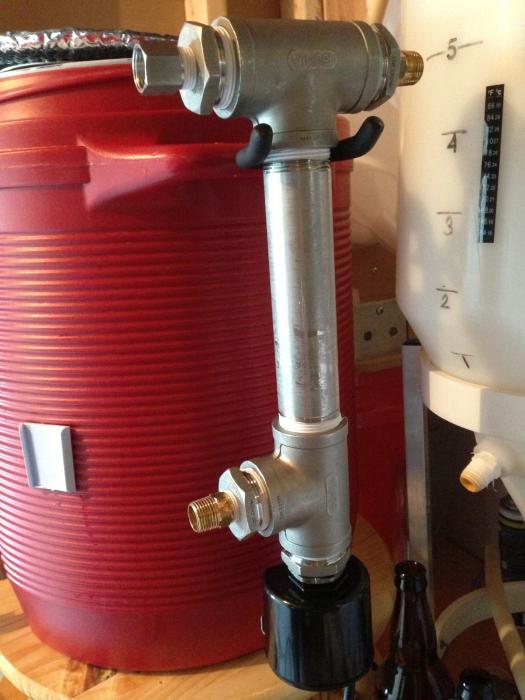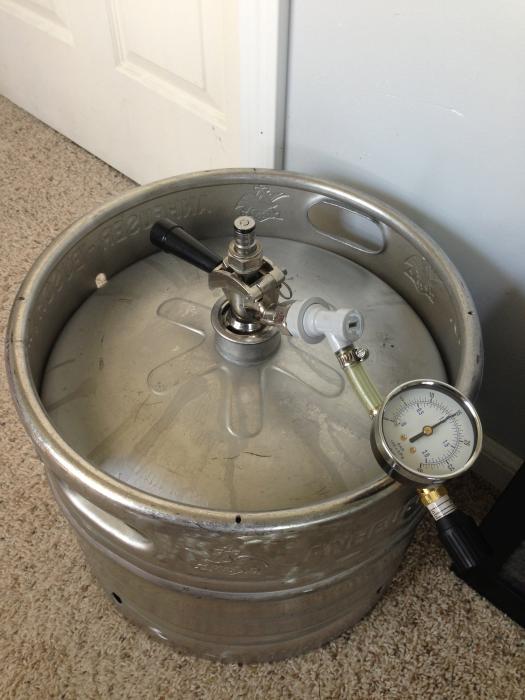I'm having a slew of issues with the system. Most are because I'm green. Went to brew a kolsch last week. Used 11lbs of grain and referred to BIAB app for water volume. Turns out that 11lbs of grain and 9.125 gallons of water don't fit in a 10gal cooler. Long story short, post boil gravity of 1085. I should add I'm using a wide 20 gallon kettle and burning with what seems to be a jet engine. Also having issues with the temperature controller, seems to run the heat element about 6-8 degrees warmer than I set, which would be fine except that the temperature actually exceeds the set number on the machine itself. In other words, I have it set at 115 and the actually temp will be 122, fine, I can work around that. But, the temperature on the machine will exceed 115. Only 3 brews on the system and 4 overall, so, like I said, very green. The only brew that was trouble free was the one where I actually sparged. Lots of kinks to be worked out.








